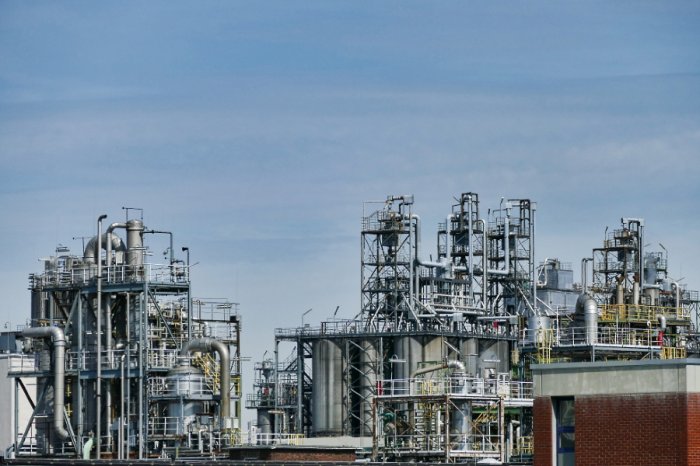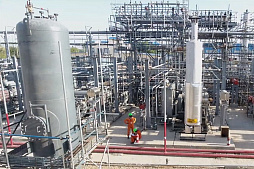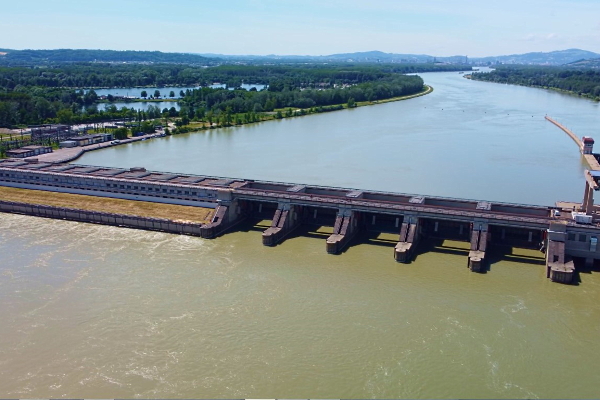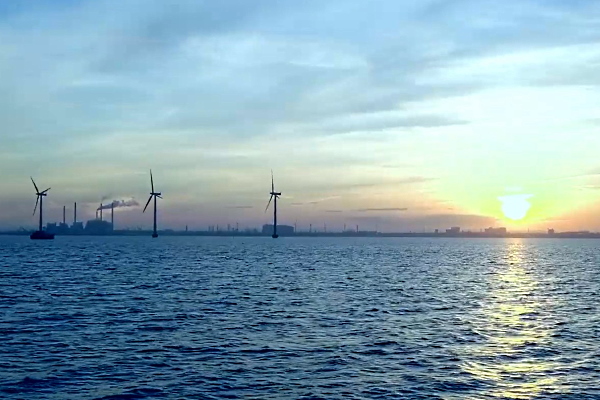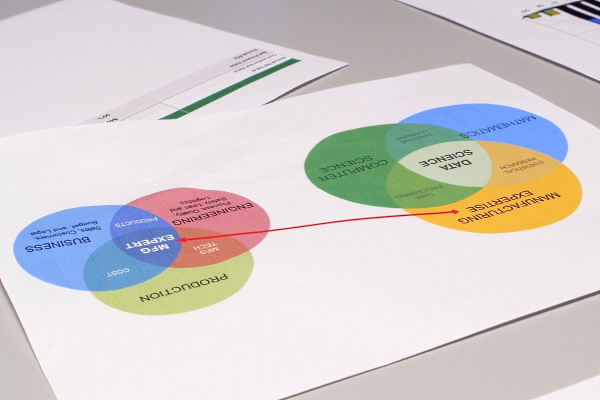To consider an application for financing, fill out the form and send it to us by e-mail along with the project brief, or contact our experts
This financing technique is characterized by certain parameters that are important for participants to consider in order to develop an optimal financial model.
In general, project finance is applicable to large investment projects, including international projects in the oil and gas industry, which usually cost tens of millions of euros.
Large investments in the oil and gas sector require the mobilization of capital at all levels, including financing from commercial banks, investment funds, government agencies, and so on. Insufficient investment in the extraction and transportation of energy resources can lead to fuel shortages, rising prices and a slowdown in the global economy.
Project finance (PF) instruments, which flourished in the 20th century in the oil and gas sector, today offer ample opportunities for the implementation of ambitious projects, including the development of hard-to-reach hydrocarbon deposits and the expansion of LNG transportation networks.
These financial instruments were first used to develop oil fields in Texas and Oklahoma in the 1930s, and subsequently PF was successfully used to increase oil production in the North Sea shelf and other oil and gas projects around the world.
Today project finance is of interest not only to businesses, but also to governments, as the energy sector becomes more and more politically important in the context of energy independence.
Regardless of the sources of financing for oil and gas projects, success directly depends on the correct assessment and preparation of the project and the choice of the most appropriate financing model.
In this sense, participants can use a wide range of financial instruments and techniques that determine the attractiveness of a particular project and future investment opportunities.
Capital budgeting plays an important role at this stage, which requires professional cost analysis, cash flow forecasting and financial resource costing from project participants. Once a financial decision has been made, attracting stable financial flows for the long term begins to play a critical role in maintaining the specific project.
This activity includes discussion and selection of project alternatives, financial alternatives, and planning of each of the project aspects.
Advantages of project finance
Understanding the peculiarities of project finance in the oil and gas industry plays an important role in the proper planning and implementation of large projects such as oil production, gas production, oil refining, transportation of LNG and other hydrocarbons.Although the PF is a flexible financial instrument, the practice is considered to be very complex, time consuming and costly. For this reason, the benefits of PF outweigh these disadvantages only for large strategic projects.
Project finance in oil and gas projects can be successfully used to build new facilities, upgrade existing installations and refinance other major projects.
A common feature of all these projects is the return of borrowed funds from future cash flows generated by a particular project, such as proceeds from the sale of oil and gas.
This requires raising funding through a legally independent entity, SPV / SPE (Special Purpose Entity).
The meaning of such a mechanism is to isolate project risks and debts from the assets of the initiator. The special purpose vehicle, as the sole debtor, is liable for the project debts with its assets.
The establishment of an SPV / SPE requires the close attention of the project participants, as the correct preparation of this structure determines the success of the project.
It is obvious that lenders must make a significant effort to comprehensively analyze the project, evaluate its cash flows and analyze risks. These aspects require the development of a customized financial model for a specific project. The nature of the financial structure should be most consistent with the projected cash flows, the debt repayment schedule, the concept of risk minimization, etc.
Typical features of project finance that are important to consider when developing the oil and gas sector include the following:
• High financial leverage. Oil and gas companies using PF can attract huge funds for new projects with a minimum participation of initiators at the level of 10-20% of the project cost. This is especially true for promising projects that are expected to generate stable cash flows.
• Long term financing. The time frames of projects can reach 15-20 years or more, which is usually longer compared to traditional corporate lending. This allows companies to match the debt repayment schedule with the cash flow schedule expected after the launch of the facility.
• Limited appeal to project initiators. Through the establishment of a legally independent SPV / SPE, initiators are not formally liable with their assets for project debts. The only sources for meeting the financial claims of creditors are the future cash flows and assets of a particular oil and gas project.
• Labor-intensive financing process. The basis for the reliability of PF instruments is a comprehensive analysis of the project, the development of an optimal financial structure for a particular project, and high-quality financial negotiations with potential partners. This requires a lot more effort and time than traditional corporate finance.
• Complex financial models. PF is considered an advanced financing method based on the use of a wide range of innovative models that satisfy the interests of all participants in the transaction and minimize project risks.
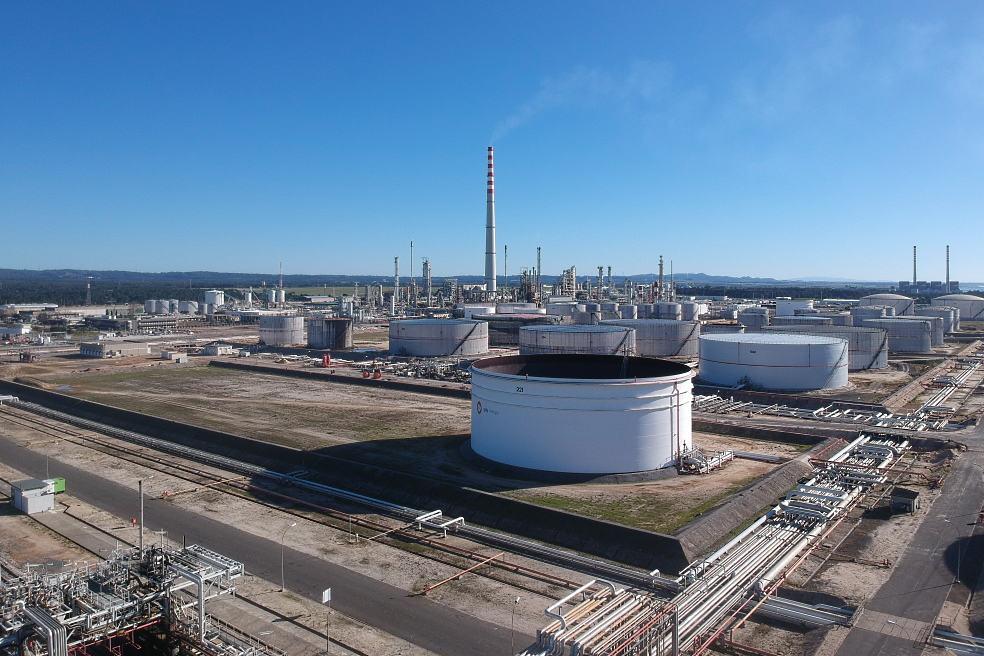
Labor-intensive preparation and high project risk do not deter potential lenders.
On the other hand, borrowers have to put up with burdensome lender oversight by providing detailed project documentation and access to monitor and control spending. Despite some difficulties, this approach to financing is in high demand among companies planning the construction of upstream projects, oil refineries, LNG terminals and other oil and gas facilities.
Project finance participants in oil and gas industry
The structure and participants of project finance schemes reflect the needs of all stakeholders for reliable and sustainable financing, taking into account risk minimization.Understanding this structure is critical to the success of capital-intensive projects under high uncertainty.
This scheme usually involves one large lender or a group of several lenders who negotiate with the project proponents with the participation of a wide range of external parties, including independent consultants, engineering companies and even government bodies. This is due to the need for professional evaluation, monitoring and control of the project at different stages.
Read more about participants in project finance in the oil and gas industry below.
Borrower
In project finance, the borrower is an SPV / SPE, a company with separate assets that raises significant funds without risk to originators. This company is liable for project debts with its assets, which are usually the facility under construction and its infrastructure.Project sponsors
These are the participants directly responsible for project management, negotiating with capital providers and other activities. Sponsors (for example, petroleum companies or LNG suppliers) form a separate project company of the appropriate structure, which attracts funding and assumes project risks.Capital providers
The list of capital suppliers (lenders) for modern oil and gas projects is quite wide. All of them rely on an adequate return of capital at an acceptable risk, which largely depends on the specific project and its structure. When it comes to strategic projects (for example, LNG supply), government structures can act as capital providers, which further strengthens the role of project finance.Other parties
As mentioned above, PF schemes are quite complex and require the involvement of numerous intermediaries, independent experts and firms to provide the necessary engineering, legal, financial and other support. The right choice of partners and their inclusion in the optimal contract structure is one of the key conditions for the successful implementation of projects.Functions of a project finance advisor
Professional project finance advisors can offer a range of useful services to ensure smooth capital raising and oil and gas project management. We are accustomed to considering an adviser only as a consultant, however, in modern realities, experienced specialists can help clients in negotiating, developing financial models, searching for counterparties and even attracting government bodies to work on a particular project.The project finance advisor can perform the following tasks:
• Conducting a feasibility study.
• Development of a financial model and project structure.
• Drawing up a balance sheet and debt repayment schedule.
• Negotiating with suppliers and contractors.
• Finding and hiring professional consultants.
• Coordination and preparation of financial proposals.
• Preparation of project documentation, etc.

The services listed above may be provided by private consulting firms, large banks and other financial institutions.
When choosing a specific adviser, it is important to take into account such factors as experience, reputation, area of specialization, potential conflicts of interest, cost of services, etc. Contrary to the opinion of many managers, a project finance adviser is a very important figure, which largely determines the correctness of investment decisions.
Stages of project finance in oil and gas sector
The stages of project finance for most sectors are similar as funding is sourced and provided through the same mechanisms based on the future cash flows of a particular project.Whether it is an upstream project or the construction of an LNG terminal, the project rationale and profit forecast will play a key role in the decision of the lenders, but not the assets of the initiators.
On the other hand, each investment project is unique, therefore, in each case, the practical approach to its financing should be adapted to the needs and interests of the parties.
| # | Stage | Brief description |
| 1 | Financial concept development | At the first stage, participants develop a general concept for financing an oil and gas project using the professional services of financial consultants. The purpose of this stage is to reach a sufficient level of certainty, which will allow potential sponsors, lenders and investors to determine their participation in a particular project. This stage requires an assessment of technical feasibility and bankability, as well as the creation of an optimal capital structure. Obviously, this cannot be achieved without carefully prepared project documentation and market research. |
| 2 | Financial model design and negotiation | Adequate pre-stage work lays the groundwork for negotiations between sponsors and potential lenders on the terms of funding. We are talking about a comprehensive comparison of market offers, obtaining certain preferences and coming to a legally binding agreement with future partners with the participation of external consultants. This stage often involves the participation of government structures, especially when discussing the financing of strategic oil and gas projects with a large impact on the economy and society. |
| 3 | Signing agreements and project financing | The purpose of this stage is to develop and sign loan agreements, as well as to provide guarantees. In addition, the representatives of the project sponsor must ensure that all permits and licenses are obtained for the smooth implementation of the project. |
| 4 | Project management and control | After providing financial resources, the most important task of the project participants is to implement the project step by step in order to subsequently ensure the payment of the project debt according to the approved schedule. Project finance in the oil and gas industry requires professional project management during the construction and operational phases to ensure the development milestones are met and production KPIs are reached. For this reason, loan agreements usually contain specific mechanisms to minimize the risks for the capital provider. |
Project finance schemes in each case require a customized approach, depending on the specific market, industry and other factors.
Any projects in the real world face unforeseen circumstances that require a certain "margin of safety" in their financial and technical structure. The correct setting of PF mechanisms allows the business to ensure the achievement of strategic goals at minimal cost.
Oil and gas project finance documentation
Since project finance differs from other financing schemes in its complex and multifaceted contractual structure, the preparation of a transaction requires a serious effort from all parties.Each of the agreements within the framework of a particular project performs its function in close connection with other project documents. Accordingly, each document must be legally perfect, fully meeting the needs of the project in a certain time horizon.
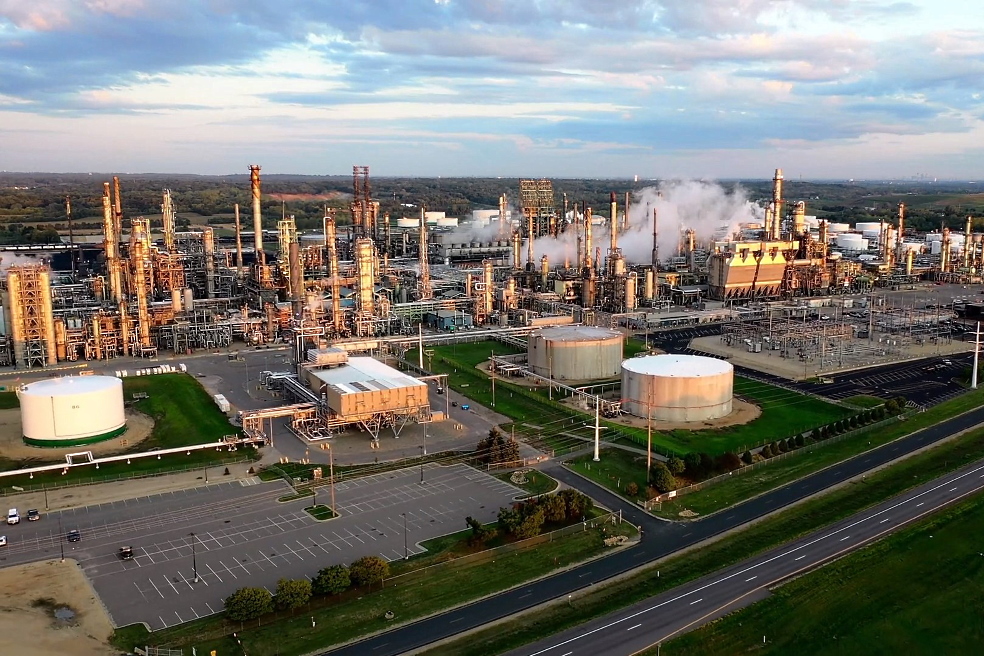
At the initial stage, any oil and gas project is just a plan outlined on paper.
In order to visualize the project and evaluate it, specialists widely use spreadsheets, as well as advanced computer modeling methods. It is important for potential lenders to make the project as clear as possible before making a decision, as PF schemes are based on future cash flows and are considered quite risky for capital providers.
Experts distinguish two groups of project finance documents in relation to the oil and gas sector, which are formed in close cooperation with different parties:
• Project documentation. This type of documentation includes drawings, calculations, and agreements made with so-called "non-funding" project participants. This includes engineering companies, equipment suppliers, construction companies, etc.
• Financial documents. This broad group includes loan agreements, insurance agreements, bank guarantees and other documents that are directly related to the financing of a particular project.
A comprehensive project agreement structure is being created with the main goal of ensuring understandable and transparent rights and obligations of all participants, as well as establishing procedures for dealing with project failure or underachievement of planned indicators.
For this reason, a number of financial, engineering and commercial documents must be developed over a long time horizon, typically exceeding 15 years for oil and gas projects.
However, the documentation should be flexible enough to allow the parties to adapt to changing circumstances. Link Bridge Financial LTDA LBFL has rich international experience in financing, preparation and development of oil and gas projects of any scale.
Our experts are ready to assist your team at any stage of the project.








